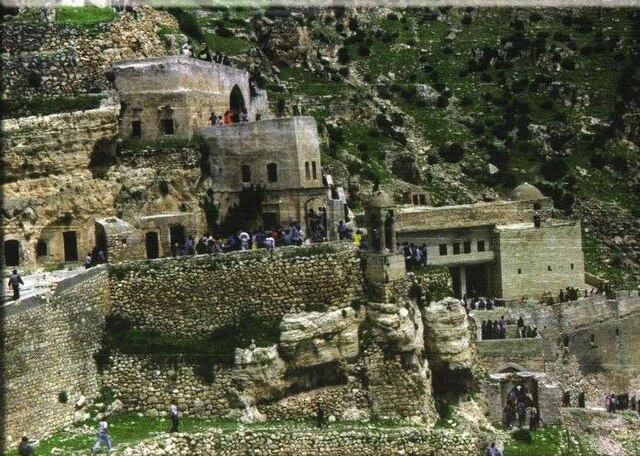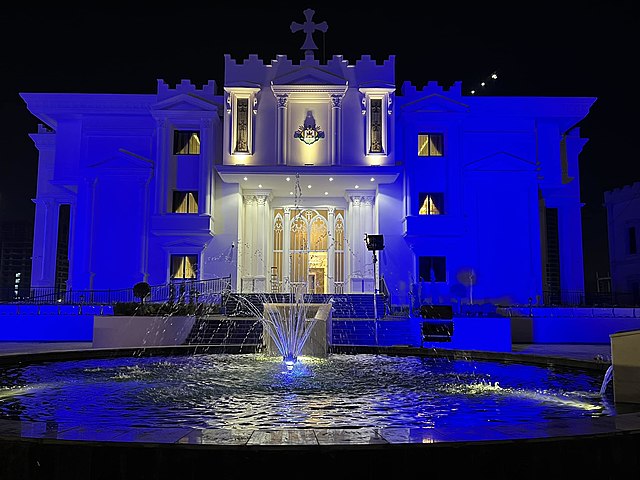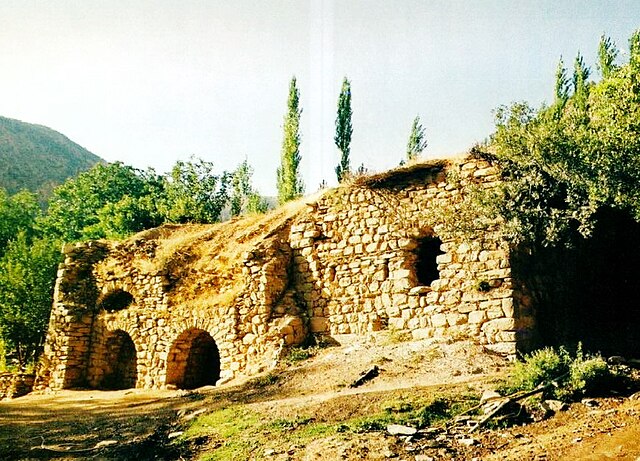Rabban Hormizd Monastery is an important monastery of the Assyrian Church of The East, and the Chaldean Catholic Church, founded about 640 AD by the Assyrian Church of The East, carved out in the mountains about 2 miles from Alqosh, Iraq, 28 miles north of Mosul. It was the official residence of the patriarchs of the Eliya line of the Assyrian Church of The East from 1551 to the 18th century, and after the union with Rome in the early 19th century, it became a prominent monastery of the Chaldean Catholic Church.
Rabban Hormizd Monastery
The monastery of Rabban Hormizd in 1843
The monastery of Rabban Hormizd
Assyrian Church of the East
The Assyrian Church of the East (ACOE), sometimes called the Church of the East and officially known as the Holy Apostolic Catholic Assyrian Church of the East (HACACE), is an Eastern Christian church that follows the traditional Christology and ecclesiology of the historical Church of the East. It belongs to the eastern branch of Syriac Christianity, and employs the Divine Liturgy of Saints Addai and Mari belonging to the East Syriac Rite. Its main liturgical language is Classical Syriac, a dialect of Eastern Aramaic, and the majority of its adherents are ethnic Assyrians.
The Patriarchal see of the Assyrian Church of the East in Ankawa, Iraq
A 6th-century Nestorian church, St. John the Arab, in the Assyrian village of Geramon
Mar Toma church near Urmia, Iran
Mar Elias (Eliya), the Nestorian bishop of the Urmia Plain village of Geogtapa, c. 1831. The image comes from A Residence of Eight Years in Persia Among the Nestorians, with Notes of the Mohammedans by Justin Perkins (Andover, 1843).







